The blended family of Kamala ‘Momala’ Harris
She’s ‘adored’ by her two stepchildren, and friends with her husband’s ex-wife. What does all this say about the woman who could be president?
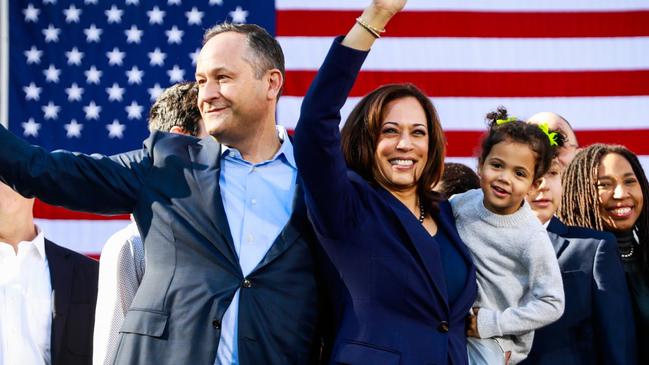
In the autumn of 1969, a little black girl boarded a school bus in California for the first day of term. It picked her up from a middle-class neighbourhood to the east of San Francisco, where her mother was raising her and her sister in an apartment at the top of a modest stucco house. It dropped her off at a school in the more affluent and much whiter Berkeley Hills.
The 40-minute ride – one of hundreds being made each morning to make the local publicly funded education system less segregated – would have given the young Kamala Harris a window seat on America’s fierce debate over race.
And while she might have been just five years old at the time, she has presented it as the first leg of a personal journey that has put her within touching distance of being the Democrats’ nominee for the White House.
Long before the crisis over Joe Biden’s cognitive state, Harris’s rise into the top tier of US politics had been tumultuous. The first black person and the first woman to serve as vice president, she’s seen her personal popularity ratings sink uncomfortably low.
Her racial heritage has been questioned by crackpot conspiracy theorists, while her background as a tough-on-crime prosecutor has risked putting her at odds with the progressive wing of her party.
Scrutiny of her personal life, always inevitable, is sure to become even more extreme. She’s already been rebuked by her Jamaican-born father – with whom she appears to have a difficult relationship – for making a joke suggesting that most Jamaicans smoke pot, while her political team were forced to reprimand her niece, Meena Harris, a 39-year-old lawyer and Tony Award-winning theatre producer, for looking to exploit her fame by selling “Vice-President Aunty” jumpers and swimsuits.
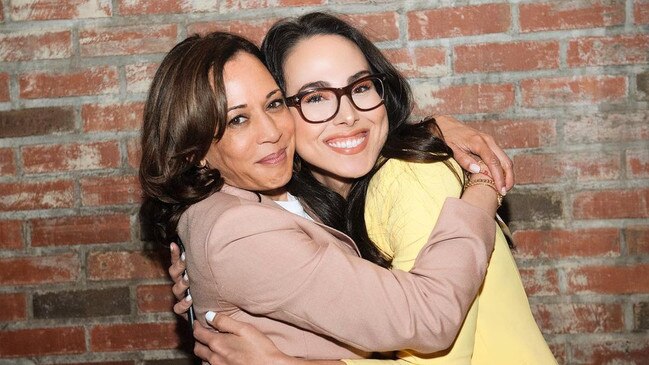
A past romance with a California politician known as “the Ayatollah” who was twice investigated by the FBI for corruption (but never charged) will come under the magnifying glass again. So will Harris’s husband – a former entertainment industry lawyer who has been, by a long stretch, her most devoted champion on social media.
Yet it’s not hard to see how her early years might have left an indelible mark. When I covered the US West Coast for The Times between 2011 to 2015, I’d be sent by the arts editor to the Berkeley Hills – the site of Harris’s elementary school – for interviews with authors, artists and composers, who invariably lived in large, shabbily elegant homes.
I’d travel there knowing the city’s reputation for political activism, as a centre of the civil rights and anti-Vietnam War movements. Drive a short distance south, however, and you’re in the city of Oakland, where Harris was born – where the stories more usually involved shootings and race riots.
As a politician, she’s sought to plant a foot in both worlds. As an aspiring politician in California, her picture would appear in the society pages, courting Democrat kingmakers – but she made sure she based her campaign office in a down-on-its-luck corner of San Francisco.
The childhood bus rides were part of a scheme that started in 1968, when the decision was made to desegregate Berkeley’s 14 elementary schools. On learning about the pioneering project, Martin Luther King Jr wrote of how “hope returned to my soul and spirit’‘.
But for the children at its heart, it was often tough going. “Racism didn’t go away because we were bussed,” Doris Alkebulan, 58, part of the first group of black students in Berkeley to be bussed to a majority white school, told the New York Times in 2019, when Harris was running against Joe Biden to be the Democratic presidential nominee. (Harris entered the bussing scheme in its second year.)
Her new school had previously been 95 per cent white; now 40 per cent of the pupils were black. Alkebulan remembered how white children would tell their bussed-in black peers: “Oh, we can’t play with you,” and explain the reason with a racial slur.
“I didn’t even know I was black until then,” she said.
For Harris the question of race has perhaps been especially complex. Her mother, Shyamala Gopalan, a scientist who worked on breast cancer, moved to the US from India at the age of 19.
The high-caste Brahman daughter of a diplomat from Madras (now Chennai), Shyamala had a much larger influence on her life than Harris’s father, Donald Harris. He moved to the US from Jamaica in 1961 and became a Stanford University professor of economics.
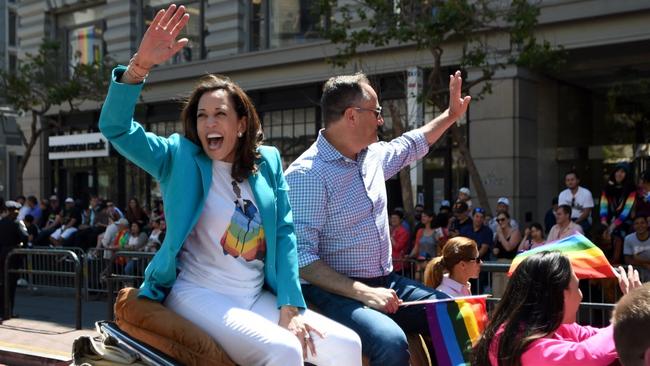
The couple met as students at the University of California, Berkeley, and married in 1963. Kamala was born the following year and her sister Maya – a lawyer who was one of three senior policy advisers for Hillary Clinton’s 2016 presidential campaign – in 1967. Shyamala and Donald divorced in 1971 and Shyamala, Kamala and Maya moved back to California, having left the state for Donald Harris’s work.
Harris has often spoken of her mother, who died in 2009, as a role model and counsellor. “She was one of the very few women of colour in science,” she told the New Yorker in 2019. “When I decided to run, she said, ‘Honey, you watch out for what’s going to happen, because there are still certain myths about what women can do and cannot do …’
“And she said, ‘Two of those myths are that women can do certain things but not necessarily be in charge of your security or your money.’ In spite of the fact that who is the lioness protecting those cubs at all costs? Who is it invariably sitting at that kitchen table in the middle of the night trying to figure out how to get those bills paid?”
Growing up, it seems that Harris was often surrounded by African-American intellectuals. Mary Lewis, who helped create the Black Studies department at San Francisco State University, was close to Shyamala.
And as a child Harris was cared for by Regina Shelton, who ran a daycare centre in the flat beneath her family’s – a place decorated with posters of towering figures such as Harriet Tubman, the black abolitionist who escaped slavery in the south in 1849 only to return there more than a dozen times to rescue scores of other enslaved individuals.
Harris would study as an undergraduate at Howard University, an historically black college, before returning to San Francisco for law school. Professionally, she first made a name for herself as a sex-crimes prosecutor.
By the time she was 40, she’d been elected district attorney of San Francisco in 2004, the first woman and the first black person to hold the position.
In 2011, she was elected attorney-general of California, the state’s “top cop” – again, she was the first woman and the first person of colour to hold the job. In 2016, in the same election that gave Donald Trump the Oval Office, she became one of the Golden State’s two senators.
Along the way, there was a brief romantic association in the 1990s, the story of which Harris has complained still clings to her like “an albatross”.
Willie Brown, who was 30 years older than her, had been a defence attorney representing pimps and prostitutes before he won a seat on California’s State Assembly, where he served as speaker and earned the nickname “Ayatollah”. He played a version of himself in The Godfather Part III, appearing chummy with Michael Corleone.
He and Harris saw each other while he was still married but amicably parted from his wife. Around this time Harris’s profile was rising and appearances in the press, often in the society pages, were becoming more frequent. When she ran for local office herself, she chose Bayview-Hunters Point, one of San Francisco’s less affluent areas, for her campaign headquarters.
“It’s the hood,” Amelia Ashley-Ward of the Sun-Reporter, the city’s oldest black newspaper, told the New Yorker. “Right above her offices, you had the public housing. There was always crime. But she was right there in the hood. She would walk up and down the street, the liquor stores, the bars, and talk to people.”
All of that seems to have been a world away from the life of the man she’d marry. Douglas Emhoff, now 59, was born in New York and raised in Los Angeles, the son of Barb, a housewife, and Mike, a shoe designer. He built a career as a media industry lawyer before becoming Harris’s husband – and her most faithful booster on social media.
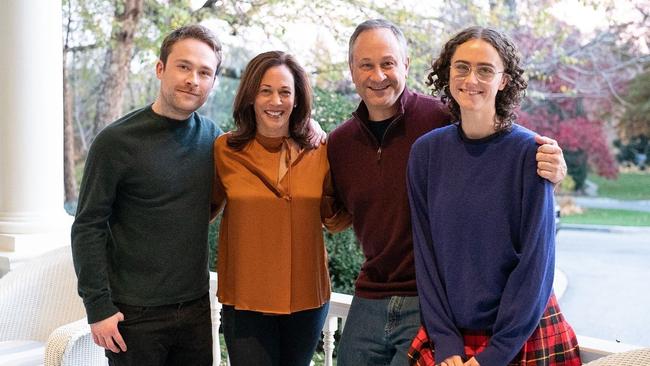
He’d previously been married, for 16 years, to Kerstin Emhoff, a film producer. They have two children, Cole, now 30, and Ella, 25 – named for the jazz musician John Coltrane and the singer Ella Fitzgerald.
According to The Hollywood Reporter, Emhoff and Harris met after Chrisette Hudlin, a PR executive and close friend of Harris, set them up on a blind date in 2013, when she was attorney-general of California.
They married a year later, at a low-key ceremony, where Harris’s sister Maya officiated and the small number of guests were reportedly sworn to secrecy. As well as stepmother to Emhoff’s two children, Harris seems to have become friends with his first wife.
“When Doug and I got married, Cole, Ella, and I agreed that we didn’t like the term ‘stepmom’,” she wrote in an essay for Elle in 2019. “Instead, they came up with the name ‘Momala’.”
“I am so thankful to Doug, to Kerstin (Doug’s ex-wife), and most of all, to Ella and Cole,” she added. “I can say one thing with certainty, my heart wouldn’t be whole, nor my life full, without them.”
For their part, her stepchildren have described Doug and Kamala as “almost vomit-inducingly cute and coupley” and have said that they adore her.
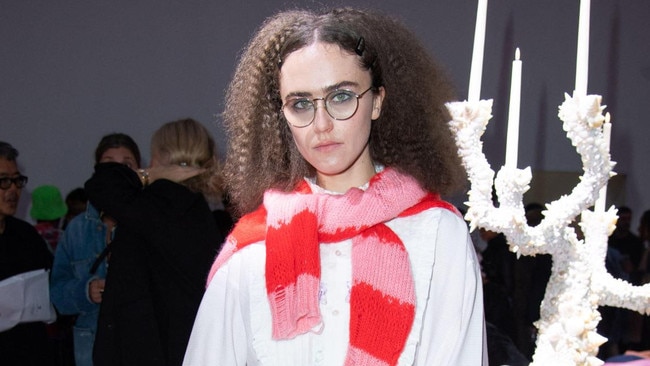
Don’t expect America’s voters to warm to her as enthusiastically. Biden has endorsed Harris, as have prominent figures like the California governor Gavin Newsom. But at the time of writing, Barack Obama, who was neutral during the 2020 Democratic primaries, is yet to commit.
Some of her party fear she’s a closet reactionary posing as a reformer; many more US voters will deplore being presented with the choice of her or Trump. And don’t discount the headwinds of sexism and racism: by 2016, I was based in Washington DC for The Times and was reporting regularly on the Clinton and Trump campaign trails. Chatting to locals in swing states, it was almost always possible to find a non-negligible minority who said they’d hesitate to vote for a female.
The US journalist Dana Goodyear summed up the concerns when Harris was last campaigning for the White House, writing that “a liberal black woman president may present too much of a challenge for mainstream America”.
It’s a sentiment you can imagine the little girl on the bus vowing to disprove.
The Times






To join the conversation, please log in. Don't have an account? Register
Join the conversation, you are commenting as Logout